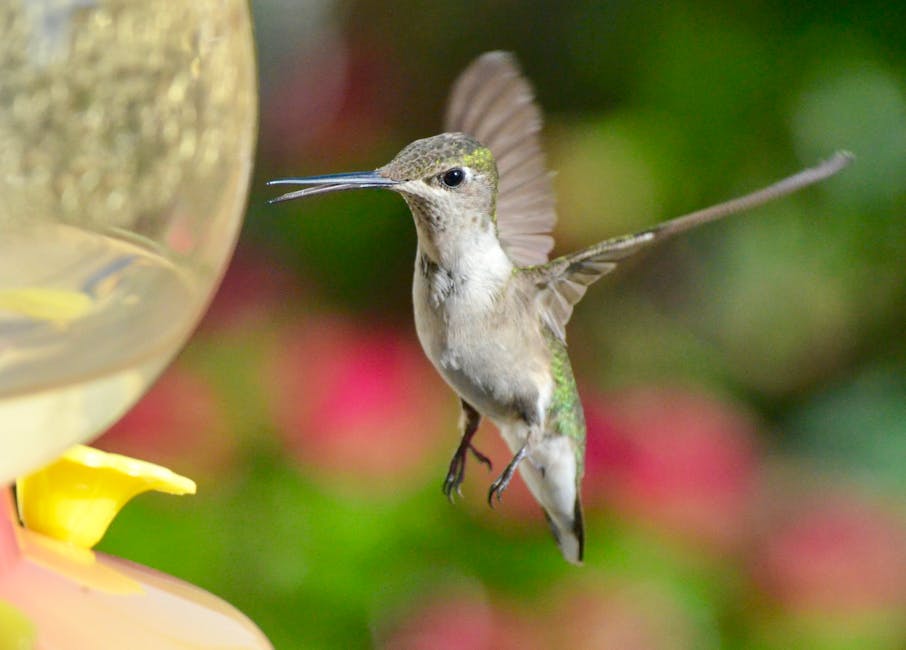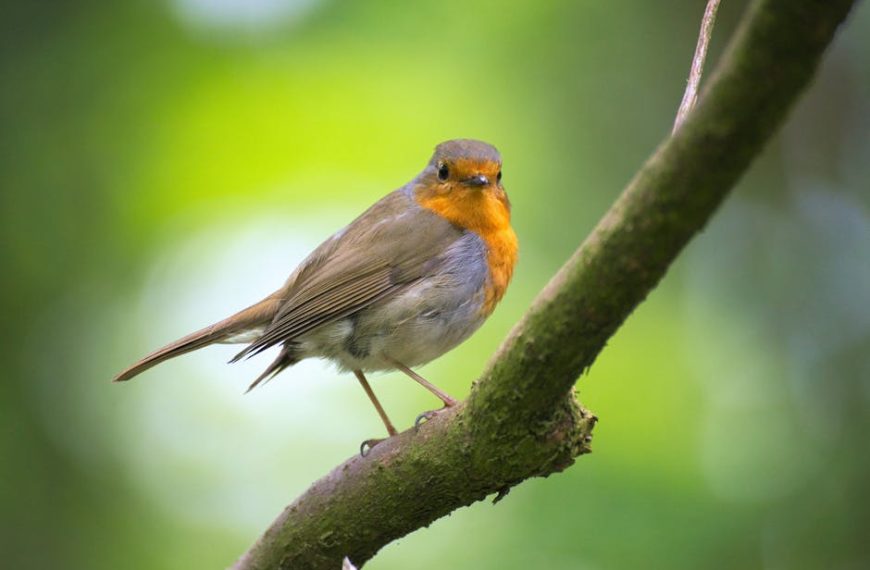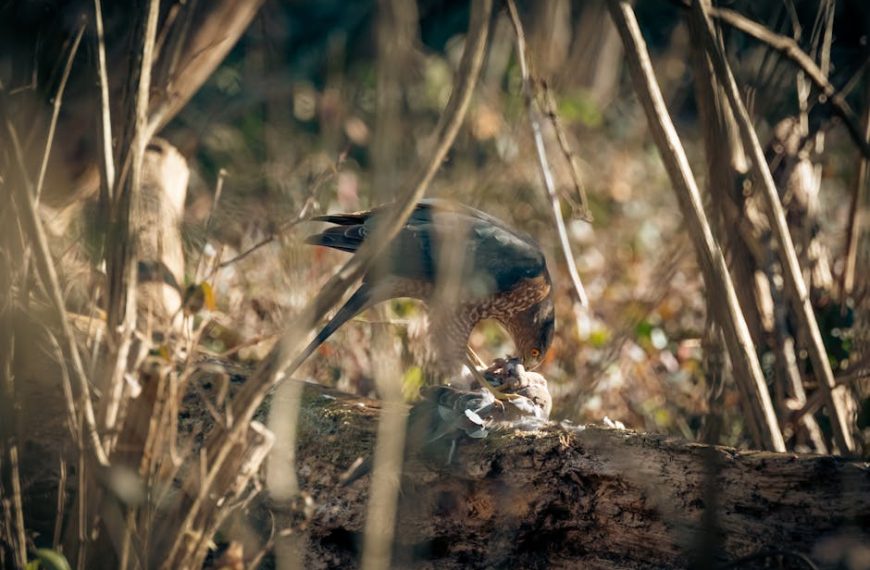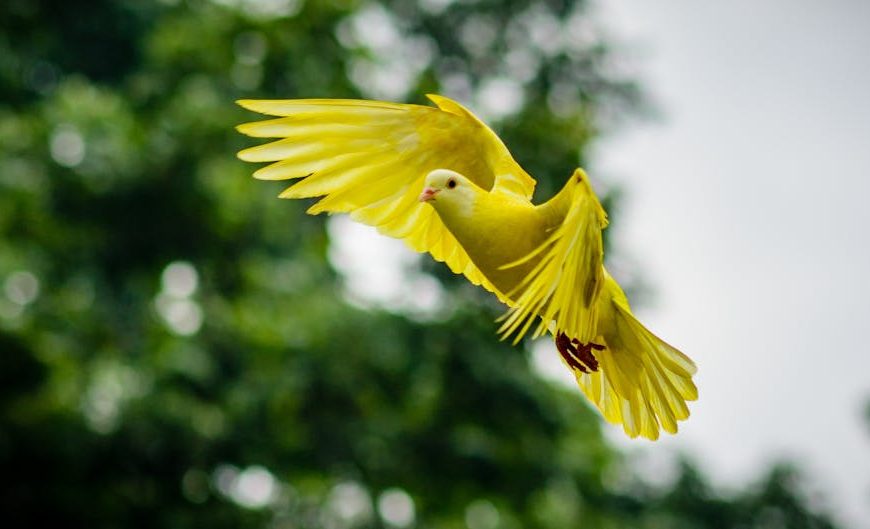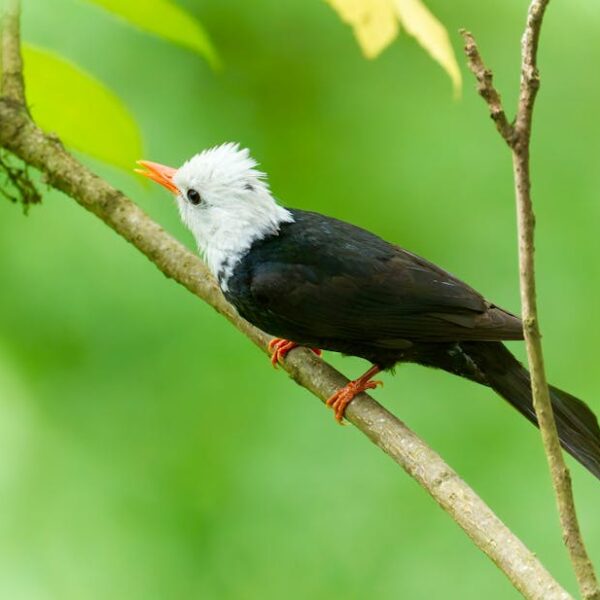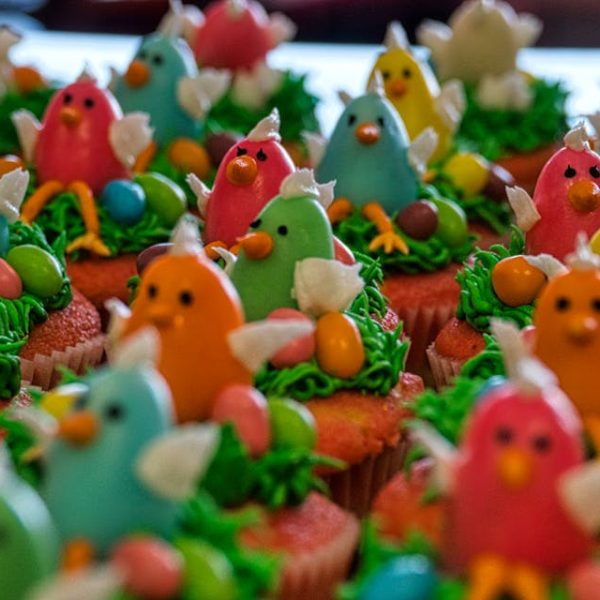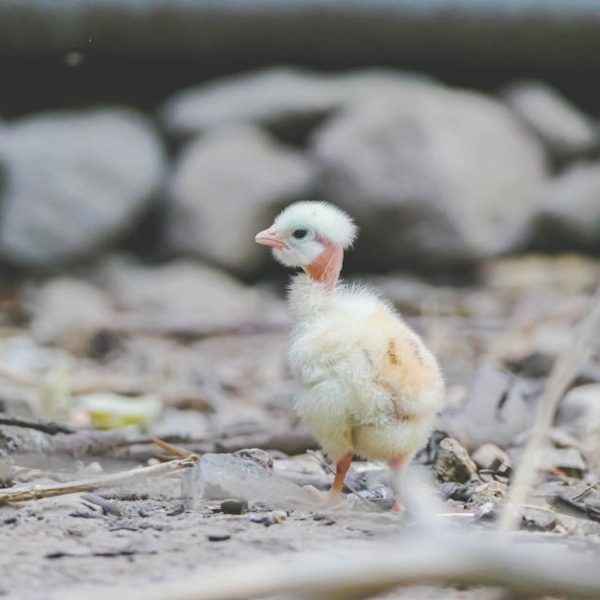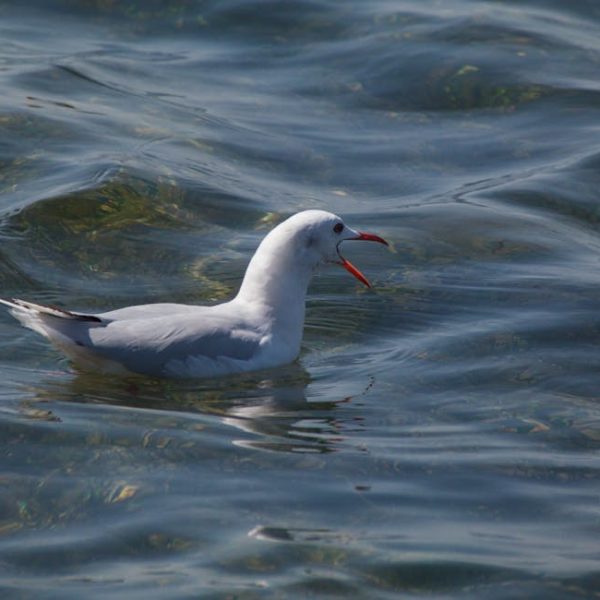Birdwatchers and nature enthusiasts alike often find joy in the colourful, melodious inhabitants of their backyards: garden birds. Known for their enchanting displays and diversity, these avian visitors add charm and vivacity to any outdoor space. But there’s something particularly special about those species of garden birds that choose to mate for life. These monogamous pairings represent the embodiment of loyalty in the natural world, a phenomenon that is as beautiful as it is intriguing.
Garden Birds: An Overview
What makes a bird a garden bird? It’s simple. Any species that frequently visits gardens, yards, or other populated areas for food and shelter typically falls under this classification. Common garden birds include sparrows, robins, blue tits, and blackbirds – but the variety is vast and deeply dependent on your geographical location.
Whether you’re a committed birdwatcher or simply appreciate the serenity that garden birds bring, their presence in your backyard is always a sight to behold. To draw them in, consider placing bird feeders with seeds and fresh fruit, or a birdbath where they can drink and splash about.
Monogamy in Birds
Monogamy, a system in which a male pairs with a single female for a reproductive period or for life, is quite common in avian species. Surprisingly, about 90% of bird species are monogamous, but only a small percentage mate for life. Birds can be seasonally monogamous, pairing up for only one breeding season, or remain bonded for their lifespan.
The benefits of lifelong monogamy are numerous: shared parental duties, increased survival rates for offspring, and energy conservation. Yet, it does come with some challenges; mates must stay in sync with each other’s life cycle and risk reproductive failure if one partner dies.
Spotlight: Specific Garden Bird Species That Mate For Life
Let us now shine a spotlight on garden birds who exemplify this commitment. A standout example is the bold and beautiful Northern Cardinal, known for its vibrant red hue and sweet melodies. These pairs share everything from song duets to food, creating a bonding spectacle that’s truly moving.
Another representative of loyalty among garden birds is the American Crow. Despite their often ominous portrayal, crows are remarkably intelligent and nurturing creatures. They mate for life, communally raising their young with older offspring contributing to nestling care.
In the table below, we compare some pros and cons of being a monogamous bird species:
| Pros | Cons | |
|---|---|---|
| Monogamous birds | Higher survivability of offspring, Shared responsibility, Greater bond formation | Risk of not being able to reproduce if the partner dies, Need to stay in sync with partner’s life cycle |
Focusing on species-specific behaviors and characteristics undoubtedly reveals an awe-inspiring tapestry of loyalty and dedication among these feathered garden residents.
Conservation: Why Monogamous Garden Birds Matter
Every bird species, monogamous or not, plays an important role in our local ecosystems. They help in controlling pest populations, distributing seeds, and even in pollination. Garden birds that mate for life, however, offer a unique perspective into the interconnectedness of life as they maintain and nurture their bonds for years on end.
The population sizes of these monogamous bird species can be hit by numerous factors such as habitat loss, pollution, and climate change. Their remarkable loyalty adds an extra dimension to their conservation: Protecting a pair means protecting a bond that took years to form.
To aid these birds, you can take small actions that collectively matter.
Checklist: Ways to conserve garden bird populations:
- Plant native plants in your backyard for natural food sources.
- Minimize the use of pesticides or switch to organic options.
- Leave dead trees standing, if safe, as they provide nesting spots.
- Provide nesting boxes and bird feeders.
- Participate in local bird population surveys for data gathering.
Factoids: Fascinating Facts about Monogamous Garden Birds
The world of monogamous garden birds is full of fascinating facts and figures. For instance, did you know that crows hold ‘funerals’ for their dead? They are so committed to their mates that they mourn when their partner dies — an intimate display of affection and community.
Mute Swans, another monogamous garden bird species, are famous for their love heart display during courtship, where the pair bond by coiling their necks into an iconic heart shape.
If you want to delve deeper into bird-watching, consider purchasing a pair of binoculars, a bird guide, or joining a local birdwatching group. There’s much to learn and observe from these feathery friends that decorate our backyards and gardens while teaching us valuable lessons about loyalty and resilience.
In the end, whether you’re a seasoned birdwatcher or a casual observer, there’s no denying the enchantment and allure that garden birds bring. Their lifelong partnerships serve as a testament to nature’s incredible capacity for loyalty and commitment – a sentiment that is as inspiring as it is heartwarming.
Key Takeaway:
- Garden birds are species that regularly visit gardens, yards, or other populated areas for food and shelter.
- A significant percentage of bird species are monogamous, although only a small percentage mate for life.
- Lifelong monogamy in animals has various perks, including shared parental duties, higher survival rates for offspring, and energy conservation.
- Northern Cardinals and American Crows are examples of garden birds that mate for life.
- Every bird species plays an important role in our local ecosystems, and the preservation of monogamous garden bird species is crucial.
- Some actions that can help in the conservation of garden bird populations include planting native plants, minimizing the use of pesticides, and providing nesting boxes and bird feeders.
- There are fascinating facts about monogamous garden birds that can further spark interest in bird-watching.
While attracting garden birds to our backyards, it’s also essential to contribute to their conservation. Small efforts can go a long way in ensuring these natural wonders continue to enlighten our days. Now, watch, learn, and revel in the unparalleled beauty and lessons that our feathery friends offer.
FAQs
Q: Why do some bird species choose lifelong monogamy while others don’t?
A: The choice for lifelong monogamy by certain bird species might be influenced by factors such as survival rates for offspring, shared parental duties, and energy conservation. It’s a complex topic and researchers are still exploring the many facets of this behavior.
Q: How can I identify monogamous birds in my backyard?
A: Identification can be tricky, but watching mating behaviors like mutual grooming, sharing food, or joint nesting can give clues. Joining a local birdwatching group or investing in a detailed bird guide can also help.
Q: Can I do anything to specifically attract monogamous bird pairs to my garden?
A: Providing safe nesting spots, food sources, and clean water can attract birds, including monogamous pairs, to your garden. It’s important to note that these pairs especially value safety and consistency, so minimize disturbances and maintain your bird-friendly practices regularly.
Q: How can I contribute to the conservation of monogamous birds?
A: Simple actions like planting native plants, minimizing pesticide use, and providing nesting boxes can contribute significantly to bird conservation. Also, participating in local bird population surveys can provide valuable data for conservation efforts.
Q: Are there any clubs or societies I can join to learn more about bird watching?
A: Yes, many local communities and cities have birdwatching groups that welcome beginners. These groups often organize birdwatching trips, talks, and other educational activities.
We hope you enjoyed this article and learned something new! Feel free to share it with your colleagues and visit our other posts for more helpful insights.
